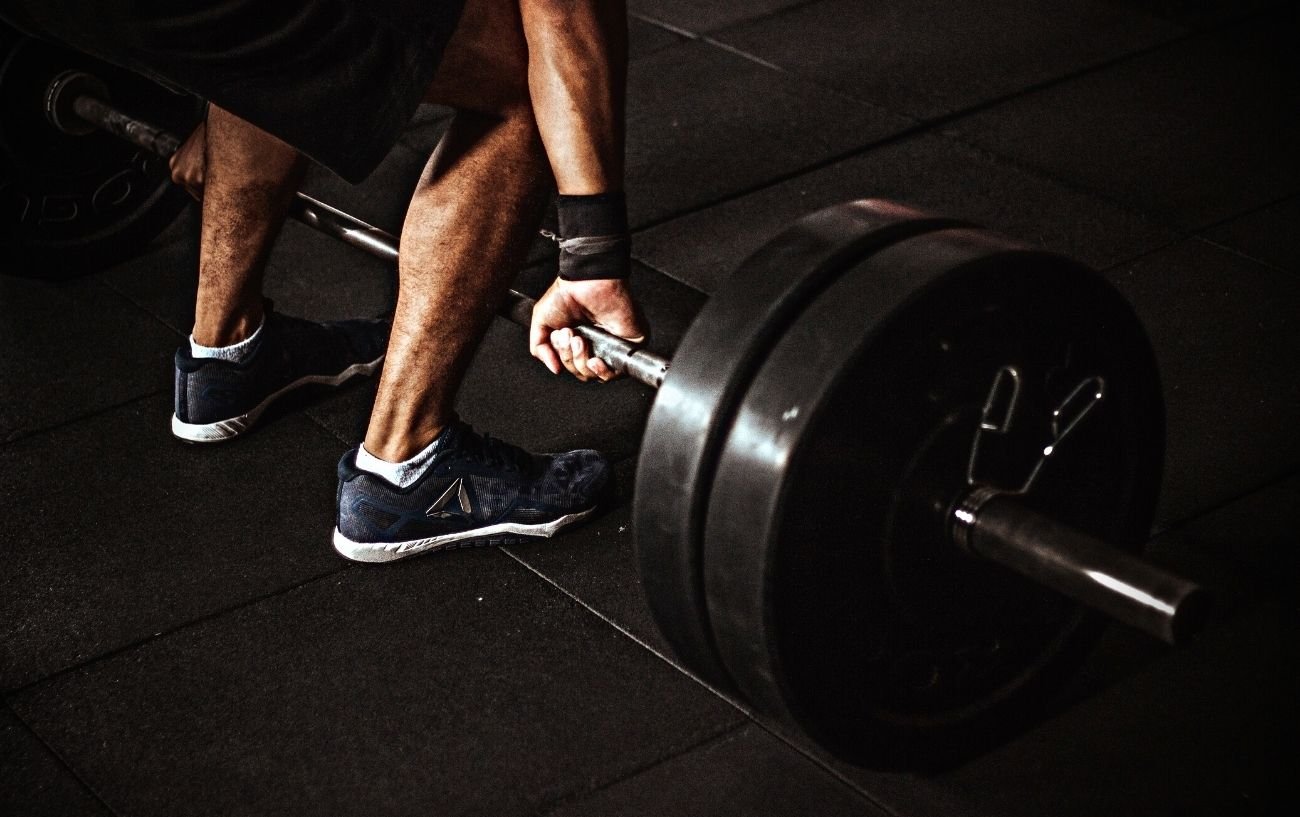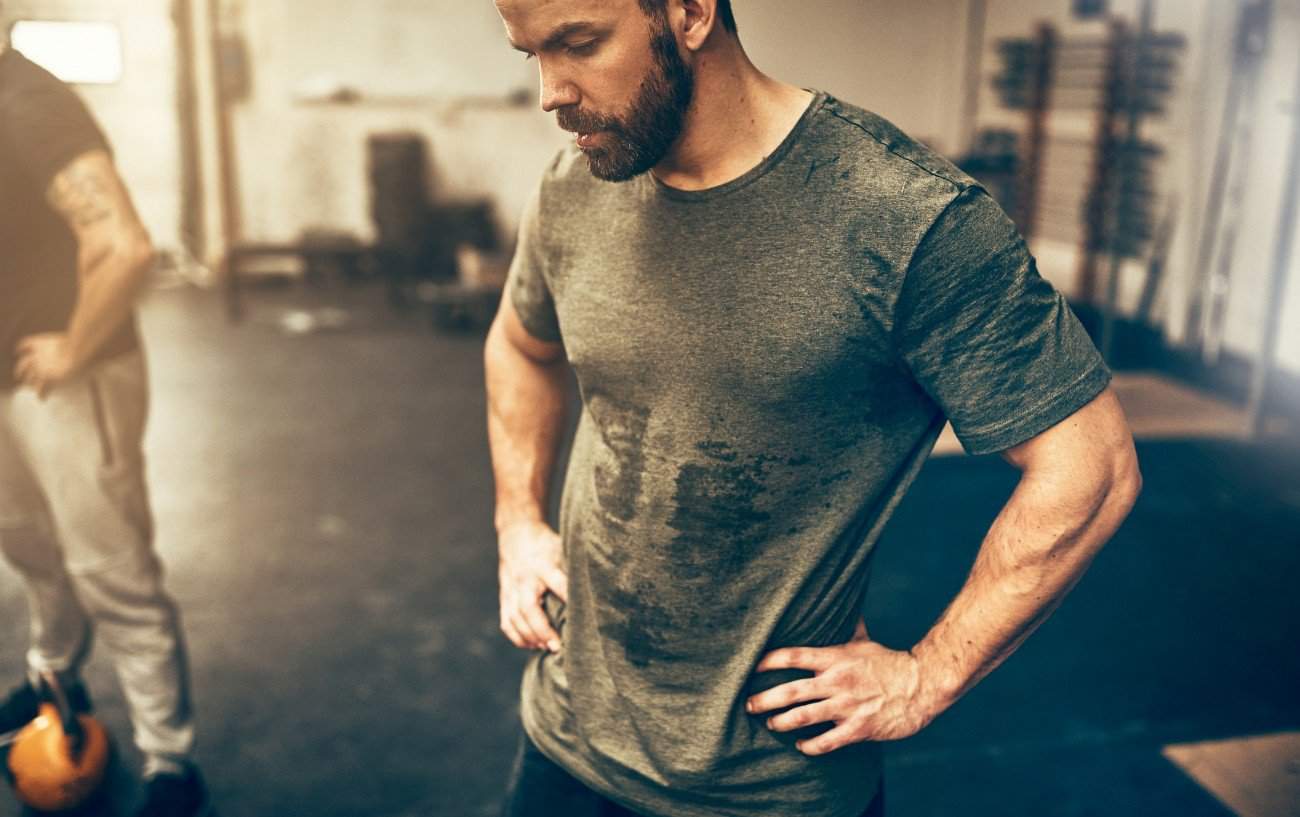Becoming a U.S. Marine takes dedication, sacrifice, and incredible mental and physical strength.
To assess the readiness of any candidate, aspiring Marines must undergo rigorous physical tests that demonstrate a baseline level of strength and fitness.
Hopeful Marines must pass an initial physical fitness test to even be accepted into the Marine training program and then must undergo additional fitness tests along the way.
Are you fit enough to be a Marine? Would you be able to pass the physical fitness tests for Marines, and what exactly are the Marine physical requirements?
Keep reading to learn about the U.S. Marine physical requirements and how to perform the exercises to meet the Marine fitness standards.
We will cover:
- Why Are There Marine Physical Requirements?
- Fitness Test for Marine Recruits: Initial Strength Test
- Marine Corps Physical Fitness Test
- How to Perform the Components of the Marine Fitness Test
Let’s dive in!

Why Are There Marine Physical Requirements?
The U.S. Marine Corps believes that in order to be entrusted to serve and protect the nation reliably, U.S. Marines need to have a certain level of physical conditioning and strength.
The Marine physical requirements are designed to be effective assessments of the basic level of physical fitness and strength Marines need to enter recruit training and to serve and protect the country, with the additional belief that a certain level of physical strength is needed to support the mental strength required for battle conditions.
Fitness Test for Marine Recruits: Initial Strength Test
Before beginning recruit training, candidates who are hoping to enter the U.S. Marines program must pass the Initial Strength Test (IST).
This is the Marine physical test that determines your potential candidacy for the training program.
The Marine IST has minimum standards, which absolutely must be met to be considered for recruit training, though in most cases, it’s necessary to achieve fitness test scores well above the minimum standards to be accepted into the program.
There are three components to the Marine fitness tests: pull-ups or push-ups, a distance run, and crunches or plank pose.
The U.S. Marine Corps believes that pull-ups and push-ups are paramount for building the upper-body strength Marines need to win battles. Crunches and planks are necessary for maintaining core strength, and running fast enough and long enough without stopping is imperative for any combat situation.

Here are the Marine physical requirements for IST fitness test:
Pull-Ups or Push-Ups
- Men: 3 pull-ups or 34 push-ups completed in 2 minutes or less.
- Women: 1 pull-up or 15 push-ups completed in 2 minutes or less.
Plank Or Crunches
- Both Sexes: Plank 1:03 or longer or 44 crunches completed in 2 minutes or less.
Timed Run
- Men: 1.5 mile run in 13:30 or less.
- Women: 1.5 mile run in 15:00 or less.
Although candidates can choose to do push-ups instead of pull-ups, doing so will result in a lower fitness test score.
It’s important to note that aspiring candidates who want to enter Marine combat arms need to pass a gender-neutral Initial Strength Test (IST). The requirements are as follows:
- Pull-Ups: 3 in 2 minutes or less.
- Timed Run: Run 1.5 Miles in 13:30 or less.
- Crunches: 44 in 2 minutes or less.
- Ammo-Can Lifts: 45 in 2 minutes or less.
As mentioned, although these are the minimum Marine physical requirements for the IST, candidates who want a good shot at being accepted into Marine recruit training should plan to exceed these physical fitness standards.
Most experts in armed service recruitment recommend aspiring Marine recruits should strive for the following fitness scores:
- Pull-Ups: At least 12-15.
- Timed Run: Run 1.5 Miles in 10:30 or less.
- Crunches: At least 80 in 2 minutes or less or plank for at least 4 minutes.
- Ammo-Can Lifts: At least 75 in 2 minutes or less.

Marine Corps Physical Fitness Test
Once you are accepted in Marine recruit training, you will have to pass the Marine Corps Physical Fitness Test (PFT) after training and once every year.
The Marine Physical Fitness Test assesses your physical conditioning and endurance and ensures you are in “battle-ready” physical shape.
It includes the same components as the Marine IFT (pull-ups or push-ups, a distance run, and crunches or plank pose), but the expectations are higher.
Marines entering combat-oriented roles must meet the MOS classification standard for the PFT, which involves performing the following:
- Pull-Ups: 6 in 2 minutes or less.
- Timed Run: Run 3 Miles in 24:51 or less.
- Crunches: 44 in 2 minutes or less.
- Ammo-Can Lifts: 60 in 2 minutes or less.
- Conduct a Movement to Contact in 3:26 or less, which involves running 0.5 miles in 3:26 or faster.
- Maneuver Under Fire in 3:12 or less. This involves performing a shuttle run with obstacles.
There are additional MOS standards based on your job.
More information on the Marine Fitness Test Standards can be found here.

How to Perform the Components of the Marine Fitness Test
Here are a few form and technique rules for the various components of the Marine physical tests:
Pull-Ups
For the pull-ups portion of the Marine fitness tests, you must use the standard overhand pull-up grip (palms facing away from you).
You may hold your legs in a straight or bent-knee position, but they cannot be above your waist level.
One full pull-up involves raising your body until your chin is above the bar and then lowering your body back down until your arms are fully straight.
You cannot have any bend in your elbow before or after the movement. In other words, you have to start from a dead hang and end each rep in a dead hang.
In terms of training for the pull-ups portion of the fitness exam, aspiring recruits are encouraged to gradually build up the number of pull-ups they can perform in 2 minutes, aiming for 15 or more.
If you cannot yet do full pull-ups, begin with assisted pull-ups, using an assisted pull-up machine, which offsets some of your weight, or using a resistance band looped around your legs and the bar to aid in lifting you up.
You can also do pull-up negatives, which simply involve performing the lowering portion of the exercise. This eccentric phase is easier than the lifting portion, so you can begin to build strength in the muscles you need (mainly your lats, shoulders, and biceps) with the lowering portion.
Move as slowly as possible. Although gravity will try to pull you down, you want to challenge your muscles to do the work instead.
Finally, you can do other resistance training exercises to strengthen the muscles required for pull-ups. Lat pull-downs, bent-over rows, inverted rows, and face pulls can be particularly helpful.

Crunches
For the crunches portion of the Marine fitness tests, you must lie on your back with your knees bent and feet flat on the ground.
Your arms should be folded across your chest with your forearms resting on top of your chest and one another with no gap in between them. Your arms must remain in this position for every rep during the entire movement.
You can have an assistant hold your feet or legs at the ankles or sit on them if you so choose.
A full repetition involves raising your upper body from the ground, touching your thighs with your elbows or forearms, and returning to the starting position with your shoulder blades contacting the ground.
You can rest in the down position at any point as long as you complete the minimum required reps during the 2-minute test period.

Ammo Can Lifts
This timed component of the Marine Physical Fitness Test and gender-neutral IST for combat arms roles involves lifting a 30-pound ammo overhead as many times as you can in two minutes.
Assuming you don’t have access to an ammo can for training, you can practice for the ammo can lift by doing a clean and press with a 30-pound dumbbell (pressing overhead with both hands).
Timed Run
The timed run is completed last. Particularly with the IST, aspiring Marines are encouraged to train to run significantly further and faster so that they are ready to exceed the Marine IST minimum requirements and be better prepared for the Marine PFT.
Which part of the Marine fitness test would be most difficult for you? In which area would you most excel?
If you would like some help getting started on those pull-ups, which are one of the most challenging movements, try our Pull Up Workout Plan For Beginners.













